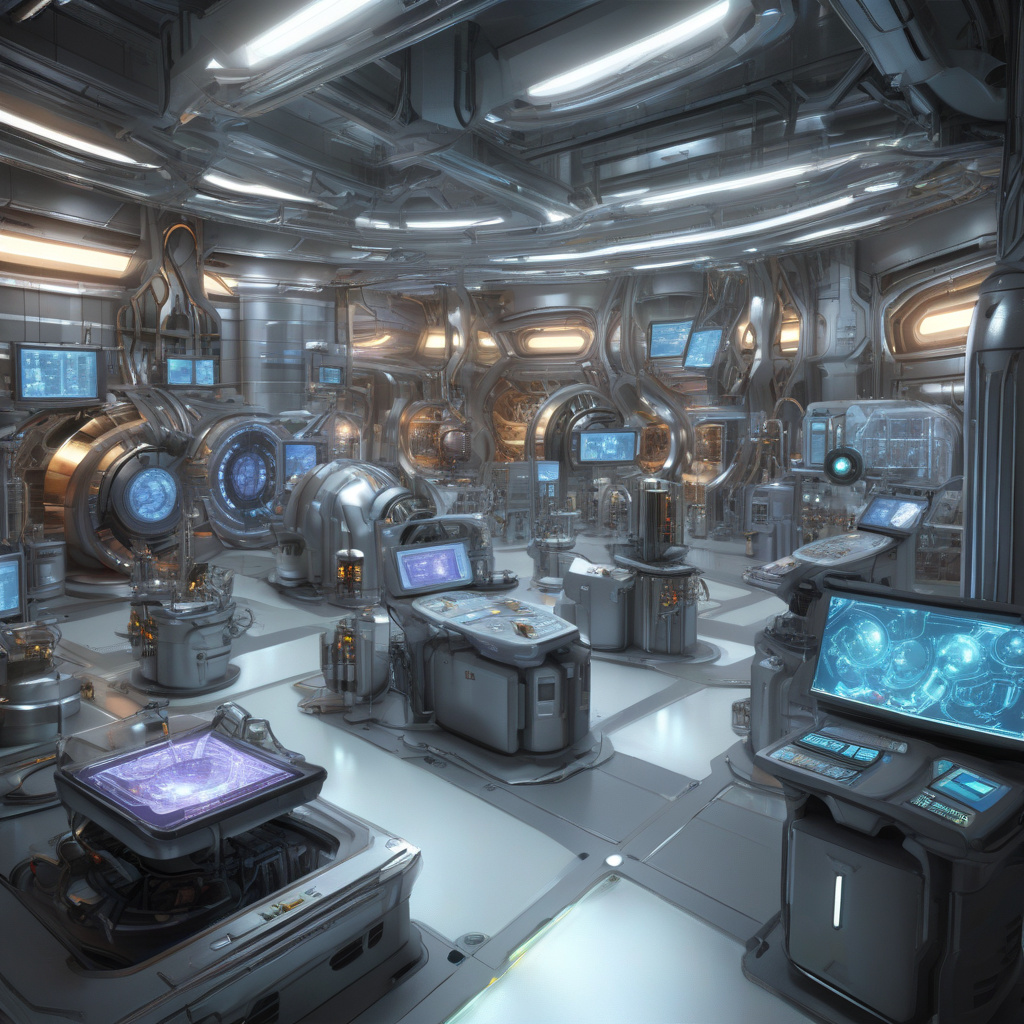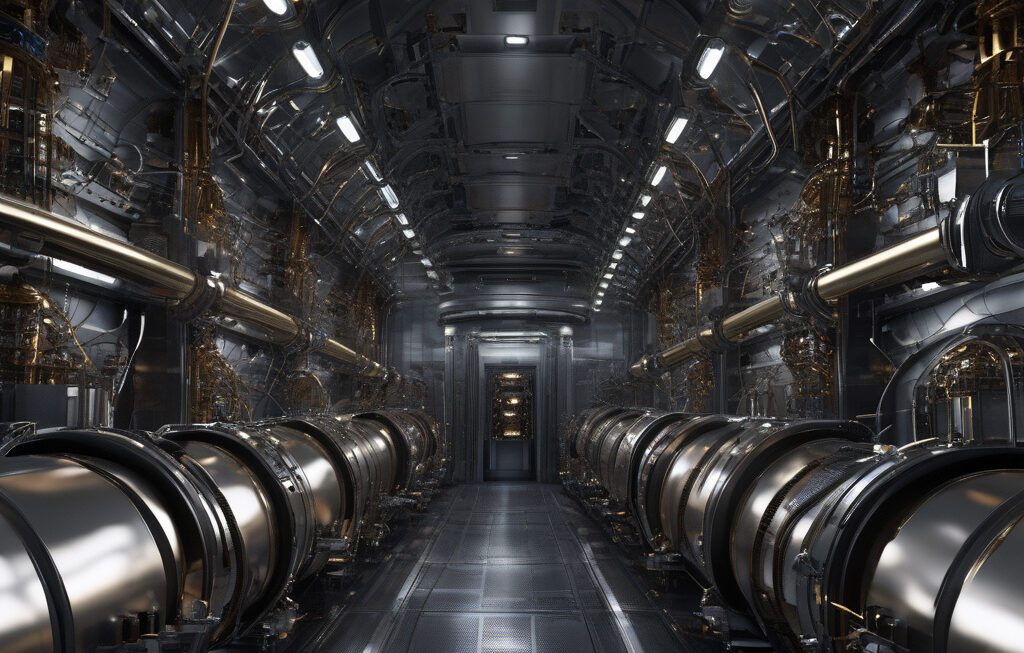15x Faster Fusion Reactor Analysis with 99.9% Less Calculations Achieved with Gaming Tech
Researchers in South Korea have achieved a fifteen-fold increase in the speed of predicting high-energy plasma behavior in fusion reactors. This groundbreaking accomplishment was made possible by harnessing the power of gaming technology to perform complex simulations with incredible efficiency. By leveraging the parallel processing capabilities of graphic processing units (GPUs) typically found in high-end gaming computers, scientists were able to drastically reduce the time and computational resources required for these simulations.
Traditionally, analyzing the behavior of plasma in fusion reactors has been a time-consuming and computationally intensive process. Scientists have had to rely on supercomputers to perform the necessary calculations, which can take weeks or even months to complete. However, by utilizing GPUs to accelerate the simulations, researchers in South Korea were able to achieve results that were not only fifteen times faster but also required 99.9% fewer calculations than traditional methods.
The key to this remarkable speedup lies in the parallel nature of GPU computing. Unlike central processing units (CPUs), which excel at sequential processing tasks, GPUs are designed to handle multiple tasks simultaneously. This makes them ideal for running complex simulations in a fraction of the time it would take a traditional CPU-based system.
By adapting their simulation code to take advantage of GPU architecture, the researchers were able to achieve results that were previously thought to be impossible. Not only did this approach dramatically reduce the time and resources required for fusion reactor analysis, but it also opened up new possibilities for exploring different scenarios and optimizing reactor performance.
The implications of this breakthrough are profound. Fusion energy has long been touted as a clean and virtually limitless source of power, but realizing its full potential has been hampered by the complexity and cost of reactor design. By streamlining the analysis process and making it more accessible, this new approach could pave the way for faster advancements in fusion technology and bring us closer to achieving sustainable, carbon-free energy production.
In addition to its applications in fusion energy research, the use of gaming technology for scientific simulations highlights the versatility and power of modern computing hardware. What was once confined to the realm of entertainment has now found a place in cutting-edge scientific research, pushing the boundaries of what is possible and accelerating innovation in fields beyond gaming.
As we look to the future, it is clear that collaborations between different industries and disciplines will continue to drive progress and spur new discoveries. By thinking outside the box and embracing unconventional approaches, we can unlock hidden potential and tackle some of the most pressing challenges facing our world today.
In conclusion, the achievement of a fifteen-fold increase in fusion reactor analysis speed with 99.9% fewer calculations using gaming tech represents a significant milestone in scientific research. By leveraging the power of GPUs and reimagining traditional methods, researchers have demonstrated the immense value of innovation and collaboration in pushing the boundaries of what is possible. This breakthrough not only brings us closer to realizing the promise of fusion energy but also underscores the transformative impact of applying gaming technology to real-world problems.
fusion energy, scientific research, gaming technology, innovation, collaboration












